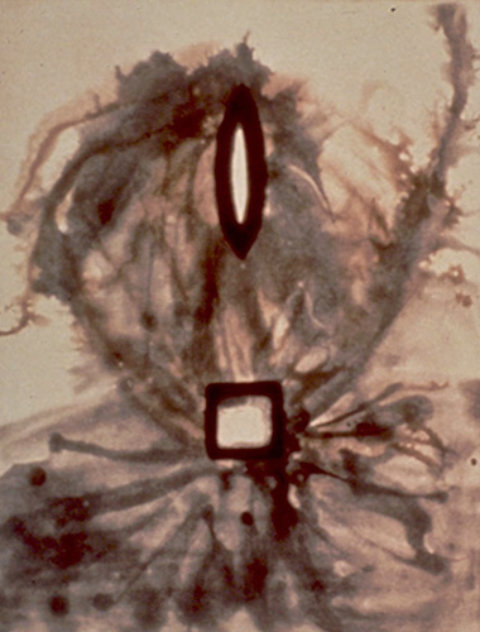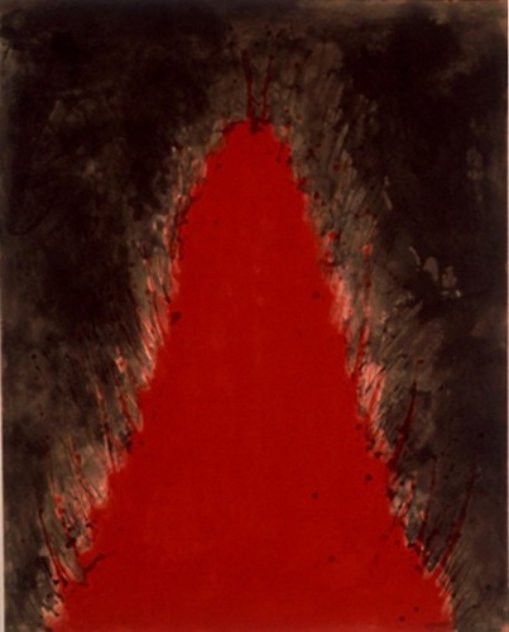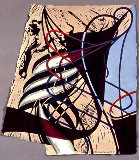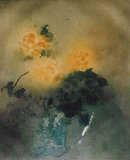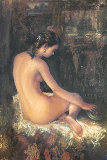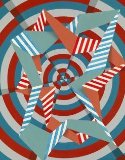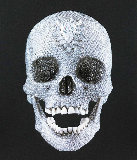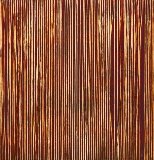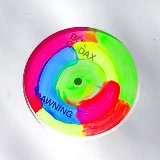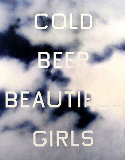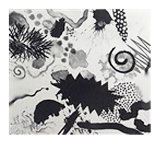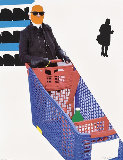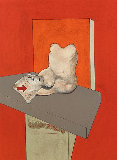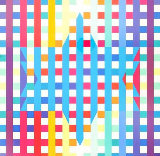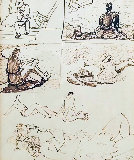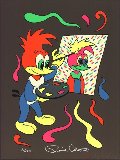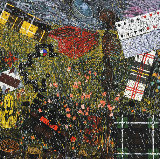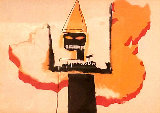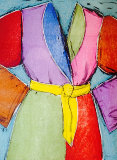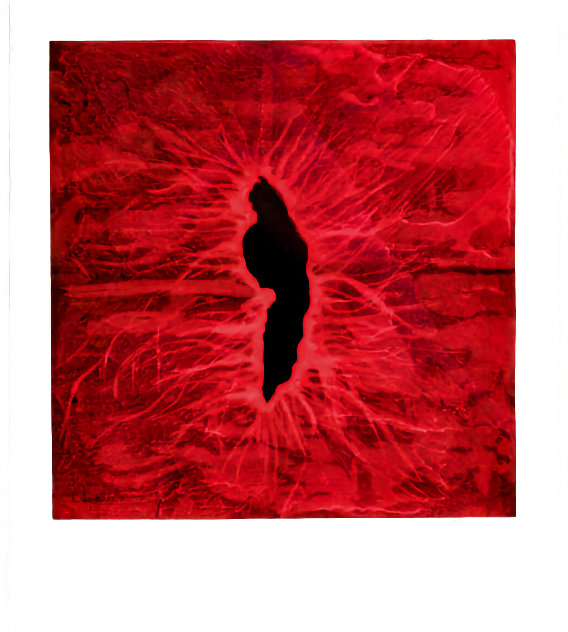



Untitled 10 1990 HS - Huge
Anish Kapoor
Limited Edition Print : Woodcut on Wove Paper
Size : 52.1x49.8 in | 132x126 cm
Edition : From the Edition of 75
- 🔥Huge 1990 Framed Limited Edition Woodcut - Blue Chip - Inquire $4,300
Year1990
Hand SignedLower Left in Pencil
Condition Excellent
Framed with PlexiglassBlack Frame
Purchased fromAuction House 2023
Provenance / HistoryProvenance: Ellen Kern Fine Art: Reference AK43-01A - Their label verso
Story / Additional InfoAnish Kapoor (After) (Indian, b. 1954) Title: Untitled 10 (s.9720)Medium: Original Woodcut in colours, 1990, on wove paper, signed, numbered, and dated in pencil along lower edge. Marked (10) Size: 20-1/2 x 19-5/8 inches (52.1 x 49.8 cm) (sheet)Published by : Crown Point Press, San Francisco Printed by : Tadashi Toda, Kyoto Carved by: Shumzo Matsuda Framed by: Bark Frameworks Inc, New York - in a black hand stained box moulding
Certificate of AuthenticityArt Brokerage
LID165488
Anish Kapoor - India
Art Brokerage: Anish Kapoor, Blue Chip Indian Artist: B. 1954. Anish Kapoor, CBE RA (born 12 March 1954) is an Indian sculptor. Born in Bombay, Kapoor has lived and worked in London since the early 1970s when he moved to study art, first at the Hornsey College of Art and later at the Chelsea School of Art and Design. He represented Britain in the XLIV Venice Biennale in 1990, when he was awarded the Premio Duemila Prize. In 1991 he received the Turner Prize and in 2002 received the Unilever Commission for the Turbine Hall at Tate Modern. Notable public sculptures include Cloud Gate in Chicago's Millennium Park; Sky Mirror, exhibited at the Rockefeller Center in New York City in 2006 and Kensington Gardens in London in 2010; Temenos, at Middlehaven, Middlesbrough; Leviathan, at the Grand Palais in Paris in 2011; and ArcelorMittal Orbit, commissioned as a permanent artwork for London's Olympic Park and completed in 2012. Kapoor received a Knighthood in the 2013 Birthday Honours for services to visual arts. He was awarded an honorary doctorate degree from the University of Oxford in 2014. Anish Kapoor became known in the 1980s for his geometric or biomorphic sculptures made using simple materials such as granite, limestone, marble, pigment, and plaster. These early sculptures are frequently simple, curved forms, usually monochromatic and brightly coloured, using powder pigment to define and permeate the form. "While making the pigment pieces, it occurred to me that they all form themselves out of each other. So I decided to give them a generic title, A Thousand Names, implying infinity, a thousand being a symbolic number. The powder works sat on the floor or projected from the wall. The powder on the floor defines the surface of the floor and the objects appear to be partially submerged, like icebergs. That seems to fit inside the idea of something being partially there." Such use of pigment characterized his first high-profile exhibit as part of the New Sculpture exhibition at the Hayward Gallery London in 1978. Since 1995, he has worked with the highly reflective surface of polished stainless steel. These works are mirror-like, reflecting or distorting the viewer and surroundings. Over the course of the following decade Kapoor's sculptures ventured into more ambitious manipulations of form and space. He produced a number of large works, including Taratantara (1999), a 35-metre-high piece installed in the Baltic Flour Mills in Gateshead, England, before renovation began there; and Marsyas (2002), a large work consisting of three steel rings joined by a single span of PVC membrane that reached end to end of the 3,400-square-foot (320 m2) Turbine Hall of Tate Modern. Kapoor's Eye in Stone (Norwegian: Øye i stein) is permanently placed at the shore of the fjord in Lødingen in northern Norway as part of Artscape Nordland. In 2000, one of Kapoor's works, Parabolic Waters, consisting of rapidly rotating coloured water, was shown outside the Millennium Dome in London.nThe use of red wax is also part of his repertoire, evocative of flesh, blood, and transfiguration. In 2007, he showed Svayambh (which translated from Sanskrit means "self-generated"), a 1.5-metre block of red wax that moved on rails through the Nantes Musée des Beaux-Arts as part of the Biennale estuaire; this piece was shown again in a major show at the Haus Der Kunst in Munich and in 2009 at the Royal Academy in London.Some his work blurs the boundaries between architecture and art. In 2008, Kapoor created Memory in Berlin and New York for the Guggenheim Foundation, his first piece in Cor-Ten, which is formulated to produce a protective coating of rust. Weighing 24 tons and made up of 156 parts, it calls to mind Richard Serra's huge, rusty steel works, which also invite viewers into perceptually confounding interiors. Listings wanted.

